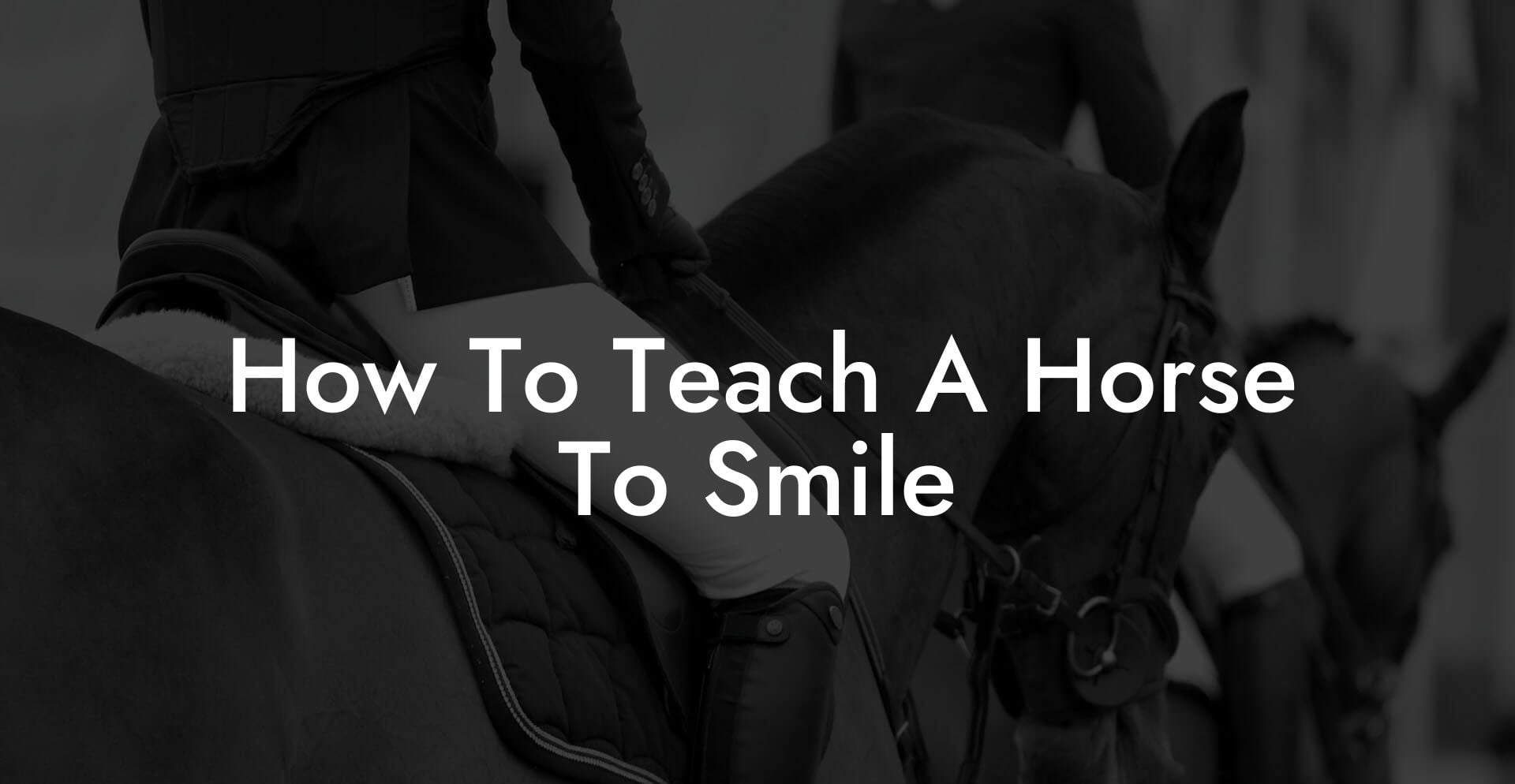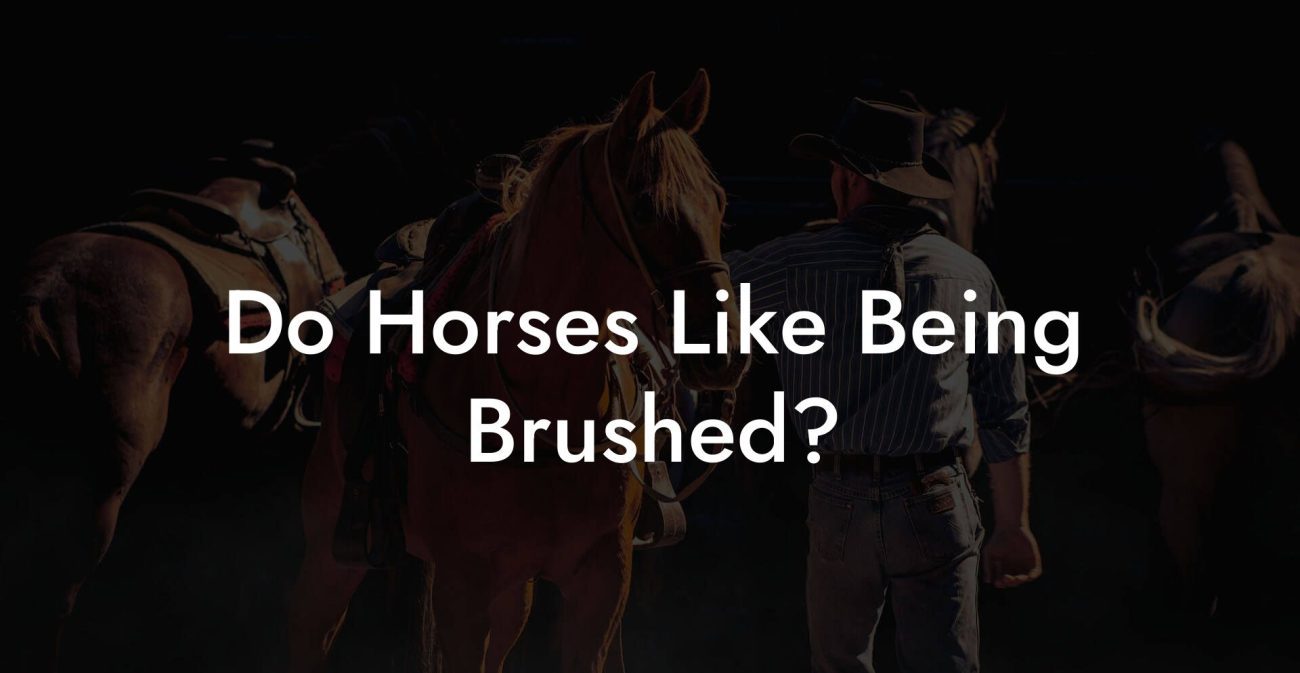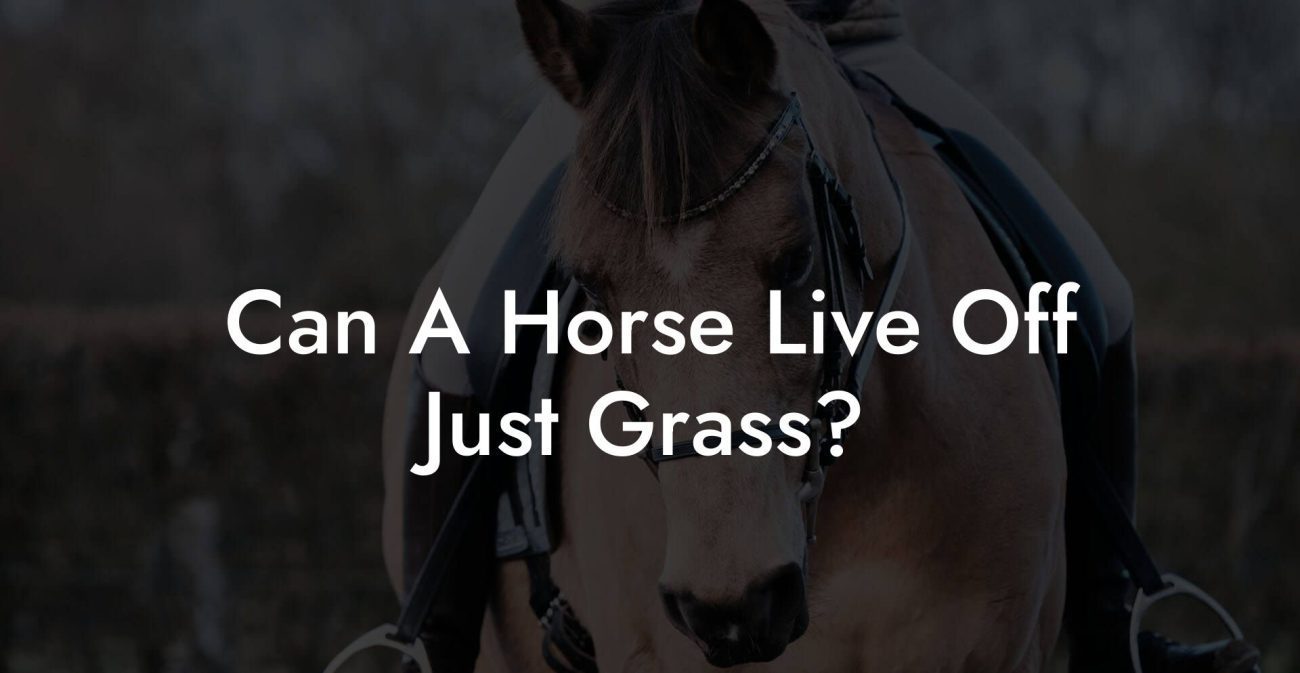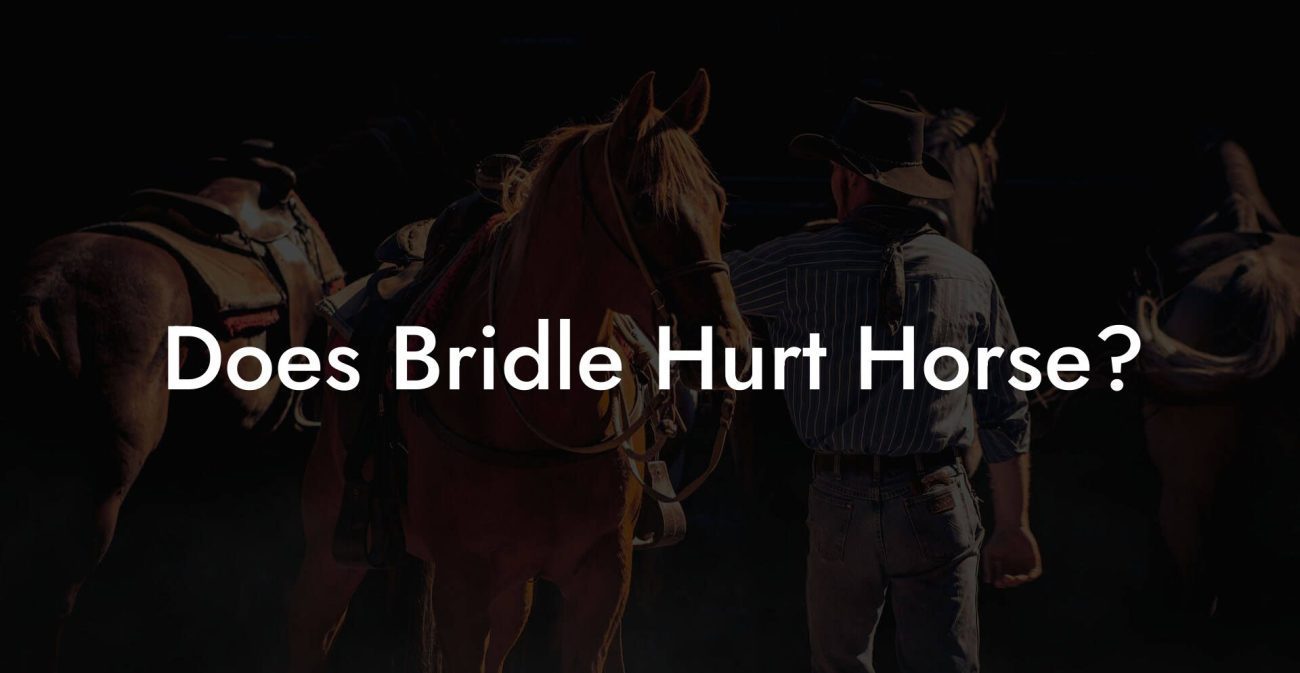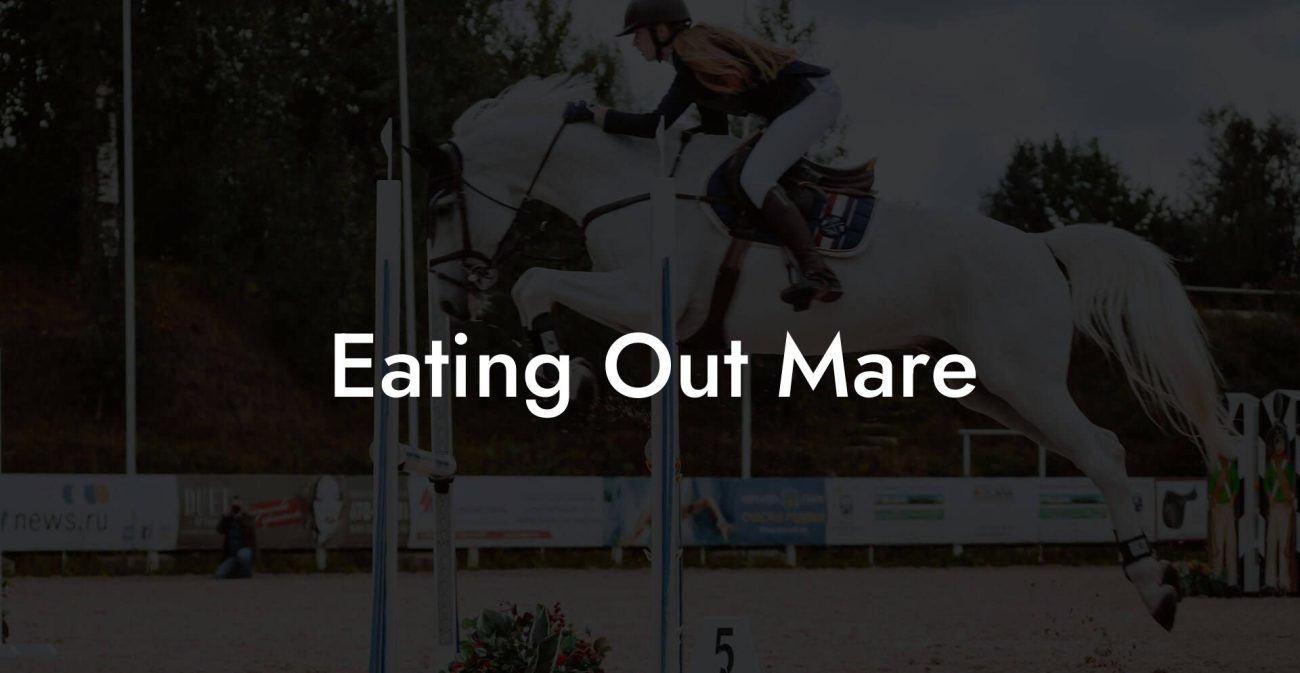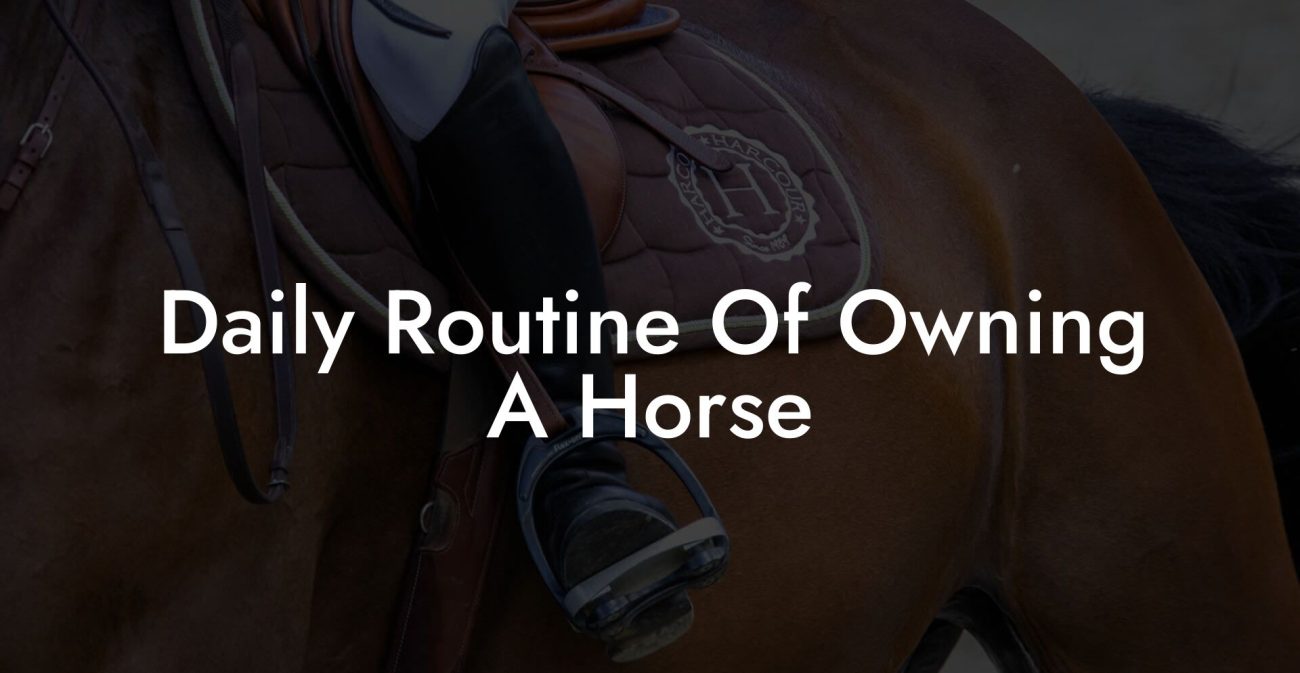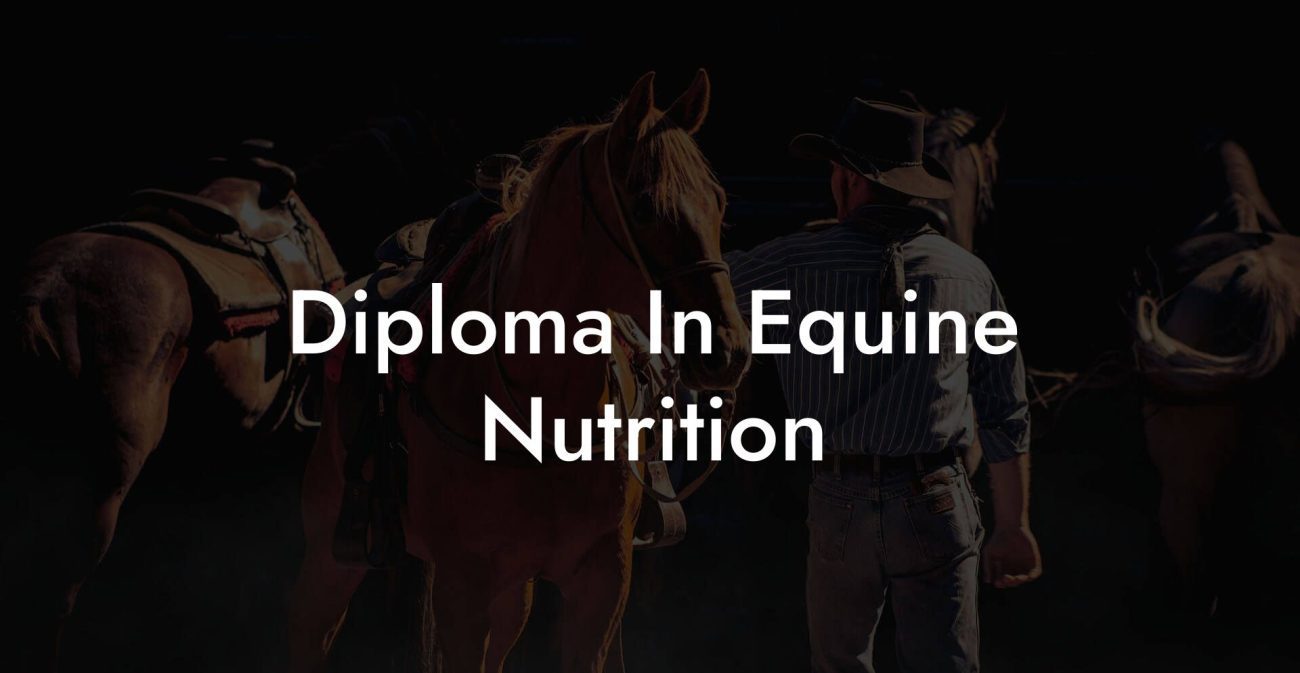Ever caught yourself grinning at a horse’s quirky antics and wondered, “How on earth can I teach my horse to smile?” Well, saddle up, because we’re about to gallop into the surprisingly deep art of unlocking your equine buddy’s hidden grin. This isn’t about forcing a silly smirk on a snorting stallion, it’s about understanding your horse’s personality, building trust, and creating an environment where genuine happiness can blossom. So, grab your favorite snack (we won’t tell your horse if you sneak a carrot or two), and let’s dive into the fascinating realm of turning a horse’s frown upside down.
Quick Links to Useful Sections
- Understanding Your Horse’s Personality: Cracking the Code of Equine Emotions
- The Science Behind a Horse’s “Smile”: More Than Just Horseplay
- Setting the Scene: Creating a Positive Environment for Your Equine Friend
- Techniques to Encourage a Horse’s “Smile”: Tips and Tricks for Trainers
- 1. Positive Reinforcement: The Golden Rule of Equine Training
- 2. Consistency is Key: Creating a Routine That Resonates
- 3. Playful Communication: Speak Horse in Their Own Language
- The Art of Equine Grooming: More Than Just a Pretty Mane
- Innovative & Integrative Approaches: Blending Tradition with Modern Equine psychology
- 1. Equine Massage and Acupuncture
- 2. Equine Enrichment Activities
- 3. Digital Training Tools and Apps
- Real-Life Case Studies: When Horses Seem to Smirk Back at You
- Case Study 1: Bella’s Breakthrough
- Case Study 2: Max and the Magical Morning Routine
- Case Study 3: The Social Butterfly Transformation
- Creating Your Personalized Horse Happiness Plan
- Step 1: Assess Your Horse’s Baseline Behavior
- Step 2: Set Achievable, Measurable Goals
- Step 3: Integrate Multiple Techniques
- Step 4: Monitor Progress and Tweak as Needed
- Step 5: Celebrate Every Victory
- Resources and Community Support: Your Next Steps in Equine Enlightenment
- Frequently Asked Questions on Teaching a Horse to Smile
- Your Journey to a Happier, Smiling Horse
Understanding Your Horse’s Personality: Cracking the Code of Equine Emotions
Your horse isn’t just a bundle of muscle and mane, they’re a sensitive, intelligent creature with a unique personality that can sometimes be as unpredictable as your favorite meme. Just like us Gen-Zers and millennials juggling life’s chaos, horses experience a range of emotions, even if their facial expressions aren’t as overtly emotive as ours.
Horses communicate through body language, subtle shifts in ear position, and even changes in posture. While they don’t flash a grin like you might on a great day with friends, those little signs, like a relaxed ear, a soft gaze, or a playful trot, can be interpreted as their version of a smile. Understanding these cues is the first step in creating a bond where both you and your horse can share a moment of genuine happiness.
Think of it as learning the dialect of a cool friend from another planet, once you get fluent, every nod, twitch, or playful kick turns into a language of trust, joy, and, yes, a smile that lights up the barn.
The Science Behind a Horse’s “Smile”: More Than Just Horseplay
Before you start planning your horse’s first smile session, it’s important to understand what a “smile” really means for our four-legged friends. Unlike humans, horses don’t have the same range of deliberate facial expressions. Instead, they communicate through what we might call a “relaxed expression” or “content look.” This means that teaching a horse to smile might be less about sculpting lips and more about establishing a deep sense of calm and happiness.
Researchers in equine behavior have found that a horse’s “smile” can be observed when they experience positive emotions, like relief after a good grooming session, enjoyment during play, or calm after a particularly effective training session. Hormones like oxytocin (often dubbed the “love hormone”) are released as the bond deepens, making your horse not only more relaxed but, in a way, happier.
So, while you might not see a horse pose for a selfie with a big, beaming smile, that serene, content look, accompanied by a gentle roll of the eyes and relaxed muzzle, is as close as it gets to a genuine equine grin.
Setting the Scene: Creating a Positive Environment for Your Equine Friend
Much like our favorite cozy coffee shops or trendy co-working spaces, horses thrive in environments that are both stress-free and stimulating. The foundation of teaching your horse to “smile” is inadvertently built on creating a space where they feel safe, respected, and inspired to be themselves.
Start with the basics: a clean stall, ample pasture time, and a routine that keeps them engaged. A well-cared-for horse is more likely to exhibit those little signs of happiness. Consider these quick tips to foster positivity:
- Grooming: Regular, gentle grooming isn’t just about keeping the mane tangle-free, it’s unmatched bonding time. A well-timed brush down can relax your horse and encourage that elusive, content expression.
- Play Time: Just like a weekend binge of your favorite series, playtime is essential. Incorporate toys, obstacle courses, or playful games that both stimulate mental activity and provide physical exercise.
- Social Interaction: Horses are herd animals. Allowing interactions with other horses (and even humans) builds a sense of community, reducing stress and encouraging a positive demeanor.
- Comfortable nutrition: A balanced diet rich in vitamins and minerals not only keeps your horse healthy but also boosts their overall energy and mood. Remember, a happy belly leads to a happy horse.
The key takeaway? Nurturing your horse’s physical and emotional environment is the secret ingredient in the recipe for that delightful “smile.”
Techniques to Encourage a Horse’s “Smile”: Tips and Tricks for Trainers
So, how do you go about teaching your horse to smile? It’s not about cartoonish grins or exaggerated expressions, it's about cultivating trust and encouraging naturally relaxed behavior. Here are some practical techniques that blend humor, science, and a bit of old-fashioned love:
1. Positive Reinforcement: The Golden Rule of Equine Training
Positive reinforcement is the bread and butter of modern training techniques, not just for dogs or cats, but for horses as well. When your horse does something that you interpret as “smiley behavior” (a relaxed ear position, a soft eye, or an overall relaxed stance), reward them.
- Treats: A carrot, apple slice, or a special equine treat can work wonders. The key is consistency. Every time you see that gleam in their eye that resembles contentment, drop a treat like you’re dropping your favorite mixtape.
- Verbal Praise: Yes, you read that right. Your voice can be a powerful tool. Use a calm, encouraging tone to let your horse know they’re doing great. Even if they don’t understand every word, they’ll certainly sense the positivity.
- Gentle Touch: A soothing pat or a scratch behind the ears can reinforce that sense of security and relaxation, nudging your horse ever-closer to that priceless “smile look.”
Remember, the aim is to reward genuine moments of calm and happiness without forcing an unnatural expression. The more your horse associates these rewards with relaxed behavior, the more naturally they’ll exhibit that contented glow.
2. Consistency is Key: Creating a Routine That Resonates
Horses, much like our favorite playlist on repeat, thrive on consistency. A daily routine that features set times for grazing, exercise, grooming, and play can work wonders for their overall mood. Over time, a balanced routine not only reduces stress but also makes your horse more receptive to training sessions that aim to coax out those subtle signs of pleasure.
Consider setting aside specific "smile sessions" where you focus solely on positive interaction. During these sessions, maintain a relaxed atmosphere, keep your tone light, and let your horse dictate the pace of interaction. With consistent practice, those fleeting moments of contentment may begin to show up more frequently, and yes, you might just catch that magical smile!
3. Playful Communication: Speak Horse in Their Own Language
Horses are social creatures with their own unique language. Learning their body cues, from a flick of the ear to the position of their nostrils, is like unlocking a secret code. Spend time quietly observing your horse during different activities. Over time, you’ll start noticing which behaviors indicate relaxation, playfulness, or contentment.
Incorporate playful communication techniques into your training. For example:
- Interactive Games: Use games that encourage your horse to follow your lead. Simple activities like leading them through a lightly set-up obstacle course can be fun for both. A happy horse is one that’s engaged and curious!
- Music and Sound: Some trainers have noticed that soft, rhythmic music can soothe a nervous horse. Experiment with gentle tunes during downtime or before training sessions to see if that extra ambiance nudge can invite a bit more relaxed behavior.
- Body Language Mimicry: Horses are known to mirror the behavior of those around them. Adopting a calm and relaxed posture yourself can encourage your horse to reflect that same vibe, inching them closer to that “smile-worthy” state.
Over time, you’ll learn that teaching your horse to smile isn’t about rigid training protocols, it’s about engaging in a dialogue of trust and positive energy.
The Art of Equine Grooming: More Than Just a Pretty Mane
Grooming isn’t merely a chore on your daily agenda, it’s a vital component in the symphony of equine happiness. A good grooming session can soothe nerves, stimulate circulation, and transform a tense horse into one who radiates calm. Think of it as a spa day for your four-legged friend, where every brushstroke is a step toward building a deeper bond.
Here are some insider tips to elevate your grooming game:
- Set the Mood: Groom in a quiet, comfortable space with soft music or nature sounds in the background. A calm environment encourages your horse to relax and enjoy the experience.
- Use the Right Tools: Invest in high-quality brushes, combs, and hoof care products. A well-groomed coat not only looks fantastic but feels exceptionally soothing to the horse.
- Talk It Out: While it might seem goofy at first, soft, reassuring words can work wonders. Your horse might not understand every syllable, but they’ll pick up on the loving tone of your voice.
- Be Patient: Not every grooming session will be perfect. Take breaks if your horse seems restless, and never force the process. The goal is to make grooming a fun and positive ritual rather than a stressful ordeal.
As your grooming sessions become a cherished routine, you may start noticing subtle relaxations in your horse’s expression, those tiny moments where stress melts away, and all that’s left is contentment.
Innovative & Integrative Approaches: Blending Tradition with Modern Equine psychology
Just like how we can’t resist binge-watching our favorite series on a streaming service, horses also benefit from modern, integrative approaches to care and training. The equine world isn’t stuck in the past, today’s best practices combine traditional horsemanship with innovative tools and techniques to create dynamic, multifaceted training methods.
Here are a few cutting-edge ideas to integrate into your horse’s “smile plan”:
1. Equine Massage and Acupuncture
Believe it or not, some horses respond remarkably well to massage and acupuncture sessions. Not only do these treatments alleviate muscle tension caused by long days in the field or stables, but they can also promote a deep sense of relaxation. A happy, loosened-up horse is much more likely to show signs of contentment, a sort of equine “smile” shining through serene eyes.
2. Equine Enrichment Activities
Keeping your horse mentally stimulated is just as important as physical exercise. Whether it’s introducing new toys, rearranging the pasture for fresh territory, or even setting up simple puzzles that require a bit of problem-solving, enrichment activities help ward off boredom and encourage natural curiosity. A busy, engaged horse is a happy horse.
3. Digital Training Tools and Apps
In this digital age, even the world of equine training has gone online! There are now apps and digital tools tailored to helping you monitor your horse’s behavior, progress in training sessions, and even daily mood tracking. Embrace technology to guide your training routines and celebrate every little breakthrough that brings your horse closer to a relaxed, smile-like state.
By blending traditional techniques with modern advancements, you create a comprehensive approach that caters to your horse’s physical, emotional, and mental needs, a holistic strategy that ultimately puts a little more sparkle in their eyes.
Real-Life Case Studies: When Horses Seem to Smirk Back at You
Stories of horses transitioning from tense to totally zen are what keep us motivated to keep innovating and loving our equine friends even more. Let’s explore some real-life case studies that highlight the transformative power of positive, integrative equine training.
Case Study 1: Bella’s Breakthrough
Bella, a spirited mare known for her stubborn streak, initially seemed immune to every training session. Her ears were perpetually pinned back and her posture defensive. But when her owner decided to mix traditional training with dedicated grooming sessions, interactive play, and even soothing background music during rides, something remarkable happened. Gradually, Bella began displaying signs of relaxation after each session, her ears lifted, her eyes softened, and occasionally, she’d give what could only be interpreted as a contented “smile.” This breakthrough not only transformed her training sessions but also deepened the bond between Bella and her handler.
Case Study 2: Max and the Magical Morning Routine
Max, a gentle gelding with a history of anxiety around new environments, was notorious for his jumpy behavior. His owner, armed with research on equine behavior, revamped his daily schedule. By incorporating a calming morning routine that featured slow, deliberate grooming, a light snack, and a few minutes of soft music accompanied by intentional positive reinforcement, Max began to show signs of calm. His once-tensed jaw relaxed, and during longer rides, his entire demeanor exuded an aura of peace. Neighbors and trainers alike remarked that Max looked “smiley”, a term born out of genuine admiration for his transformation.
Case Study 3: The Social Butterfly Transformation
Then there’s Star, a once solitary horse who rarely interacted with her herd. Star’s breakthrough came when her owner decided to blend enrichment activities with social training. Introduced to routine interactions with a favorite, calm companion and encouraged through positive reinforcement techniques, Star’s shyness gave way to confidence. She began engaging in more social behaviors, and those fleeting moments of soft, relaxed expressions became more frequent. Witnessing what could easily be seen as a “smile” from Star was a testament to the power of patience, playful interaction, and a nurturing environment.
These case studies highlight that every horse is an individual with its own story. With the right mix of care, training, and love, transforming tension into a tranquil, smiling demeanor is more than just a dream, it’s an attainable reality.
Creating Your Personalized Horse Happiness Plan
No two horses are exactly alike, which means there’s no one-size-fits-all approach to teaching your horse to smile. Instead, embrace the opportunity to craft a personalized plan that caters to your horse’s quirks, preferences, and needs. Here’s how to design a strategy that will have your equine companion beaming in no time:
Step 1: Assess Your Horse’s Baseline Behavior
Spend some time observing your horse in various settings, during feeding, playtime, and quiet moments. Note down which behaviors indicate stress, neutrality, or signs of contentment. Understanding your horse’s natural tendencies will be the cornerstone of your training plan.
Step 2: Set Achievable, Measurable Goals
Define what a “smile” looks like for your horse. Is it a relaxed ear position? A gentle softening of the eyes? Set small, positive benchmarks to work toward. For example, you might aim to increase the duration of calm grooming sessions or the frequency of relaxed behaviors during rides.
Step 3: Integrate Multiple Techniques
Combine positive reinforcement, consistent routines, and playful communication into a seamless training regimen. Whether it’s rewarding a relaxed expression with a treat or naturally integrating some calming music during grooming, the key is to layer these techniques to reinforce happy behavior.
Step 4: Monitor Progress and Tweak as Needed
Keep a training journal that captures the highs, lows, and every micro-expression your horse displays. Over time, analyze the data, what seems to work best? If a particular technique doesn’t yield results, don’t be afraid to experiment and adjust your approach. After all, the journey to equine happiness is as dynamic as your horse’s personality.
Step 5: Celebrate Every Victory
Every moment of progress, however small, should be celebrated. Whether it’s a session where your horse appears relaxed for an extra minute or a day when they engage in playful behavior without any signs of tension, each step is a win. Remember, these victories build confidence and strengthen the bond between you and your horse.
Crafting your personalized horse happiness plan is a continuous, evolving process. With time, love, and a bit of creative ingenuity, you can cultivate an environment that not only teaches your horse to “smile” but also enriches their overall quality of life.
Resources and Community Support: Your Next Steps in Equine Enlightenment
The journey toward a happier, more relaxed horse is best traveled with a little help from well-informed friends and supportive communities. Whether you’re a seasoned equestrian or a newbie just dipping your toes in the vast paddock of horse care, resources and community support can make all the difference.
Consider engaging with the following:
- Equine Training Courses and Workshops: Many training centers and online platforms offer courses ranging from basic horsemanship to advanced behavioral training techniques. These courses not only equip you with the latest methods but also provide a chance to network with like-minded horse enthusiasts.
- Online Forums and Social Media Groups: Platforms like Facebook, Reddit, and specialized equine forums can be treasure troves of firsthand experiences, tips, and success stories. Join groups that focus on horse training, behavior, and even the lighter side of equine humor.
- Horse Care Blogs, Podcasts, and YouTube Channels: Dive into expert advice on everything from grooming tips to advanced behavioral psychology. Influencers in the equine world often share innovative techniques that can inspire your own training routines.
- Local Equine Clubs and Meetups: There’s nothing like in-person socializing with fellow horse lovers. Joining a local club can provide hands-on learning opportunities, group training sessions, and a built-in support system for those inevitable “oops” moments in training.
In addition to these resources, consider scheduling periodic consultations with a professional equine behaviorist. Their expert insights can sometimes unlock new strategies that you might not have considered, helping refine your approach to coaxing out that subtle, happy expression.
Remember, every step you take in expanding your knowledge and connecting with the equine community enriches both your and your horse’s journey. Embrace the shared passion for horse care and training, it’s a path filled with fun anecdotes, occasional slip-ups, and countless heartwarming breakthroughs.
Frequently Asked Questions on Teaching a Horse to Smile
Here are some of the burning questions we get about teaching a horse to smile, along with answers that blend practical wisdom with a dash of humor.
1. Can horses really “smile” like humans?
Not in the literal sense, horses don’t flash a human-style smile. However, a relaxed, content expression, displayed through soft eyes and a calm demeanor, is often interpreted as their version of a smile.
2. What are the best techniques to encourage my horse’s happy expression?
Positive reinforcement, consistent routines, playful communication, and a nurturing environment are key. Small rewards during moments of calm behavior go a long way.
3. How important is grooming in this process?
Extremely important! Grooming is not just about keeping your horse looking good, it’s a deep bonding activity that relaxes the horse and builds trust, setting the stage for naturally relaxed behavior.
4. Do training apps and digital tools really work for horses?
They can be surprisingly effective. Digital tools help track behavior trends and progress, while equine-specific apps offer tips and reminders that keep training routines on track.
5. How long does it typically take for a horse to show signs of contentment?
Every horse is different. Some may start showing subtle signs in weeks, while for others, it could take months. Patience and consistency are your best allies.
6. Should I consider professional help if my horse is particularly anxious?
Yes, if your horse shows chronic signs of anxiety or stress, consulting with an equine behaviorist or trainer can provide personalized guidance and tailored techniques.
7. Can my horse’s diet affect their mood?
Absolutely. A balanced diet that meets your horse’s nutritional needs can boost their overall well-being and contribute to a calmer, more positive demeanor.
8. What role does play and social interaction have in this training?
Enormously! Horses are social creatures. Allowing them to interact with their herd and enjoy playful activities not only improves their mood but also reinforces the bond between you and your equine friend.
Your Journey to a Happier, Smiling Horse
At the end of the day, teaching your horse to smile isn’t about changing their natural behavior, it’s about enhancing the connection between you, your horse, and the world you share. Each moment of patience, every playful grooming session, and all those small victories add up to a richer, more fulfilling relationship.
As you implement new techniques and celebrate each progression, remember that training is a marathon, not a sprint. With empathy, creativity, and a few treats in your pocket, you can unlock the hidden language of equine joy that turns anxious expressions into moments of genuine contentment.
Whether you’re documenting your journey on social media, swapping stories with fellow horse enthusiasts, or simply enjoying a quiet moment of connection during grooming time, know that every step you take brings you closer to a happier, more relaxed horse. And that subtle sparkle in their eye? That’s the closest thing to a smile in the world of horses, a quiet testament to the trust and love you’ve nurtured.
So, gear up, keep your heart open, and step into this adventure with all the enthusiasm of a millennial chasing new experiences. Here’s to a future of shared laughter, gentle grooming sessions, and, yes, even those moments when your horse seems to smile back at you in a language all its own.

